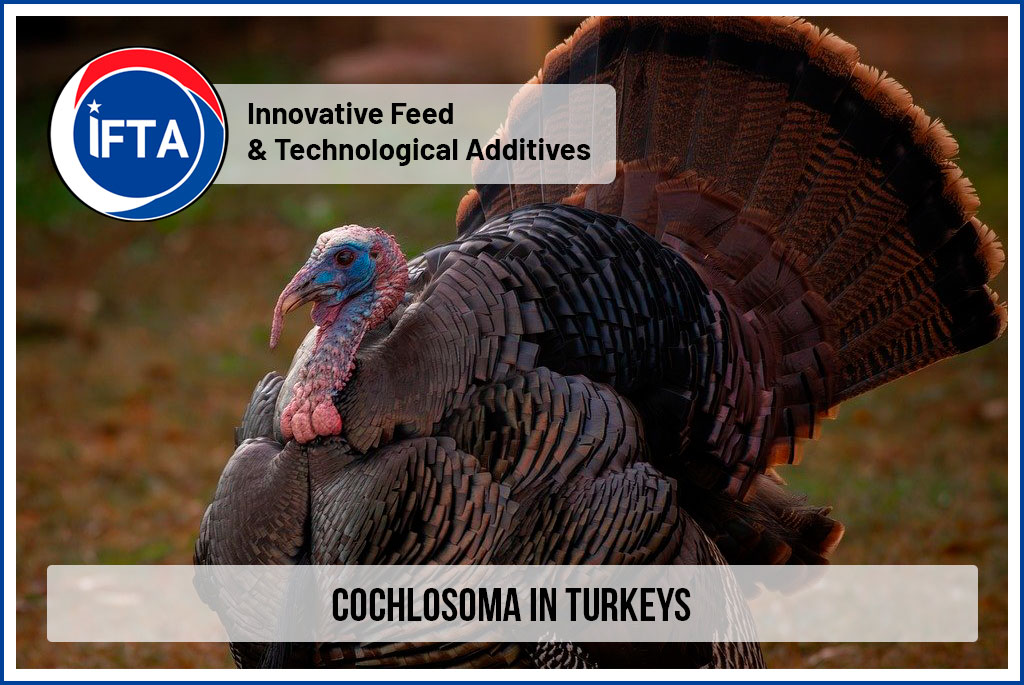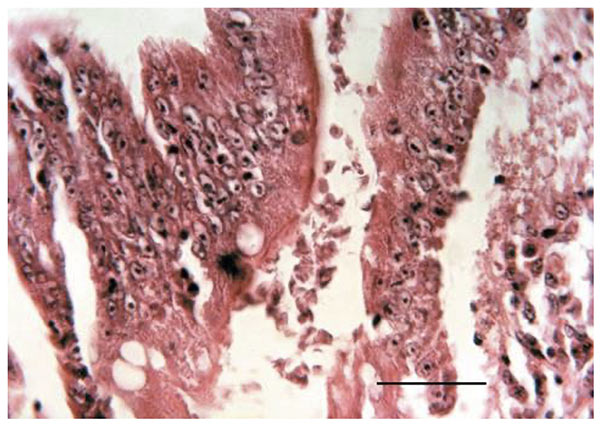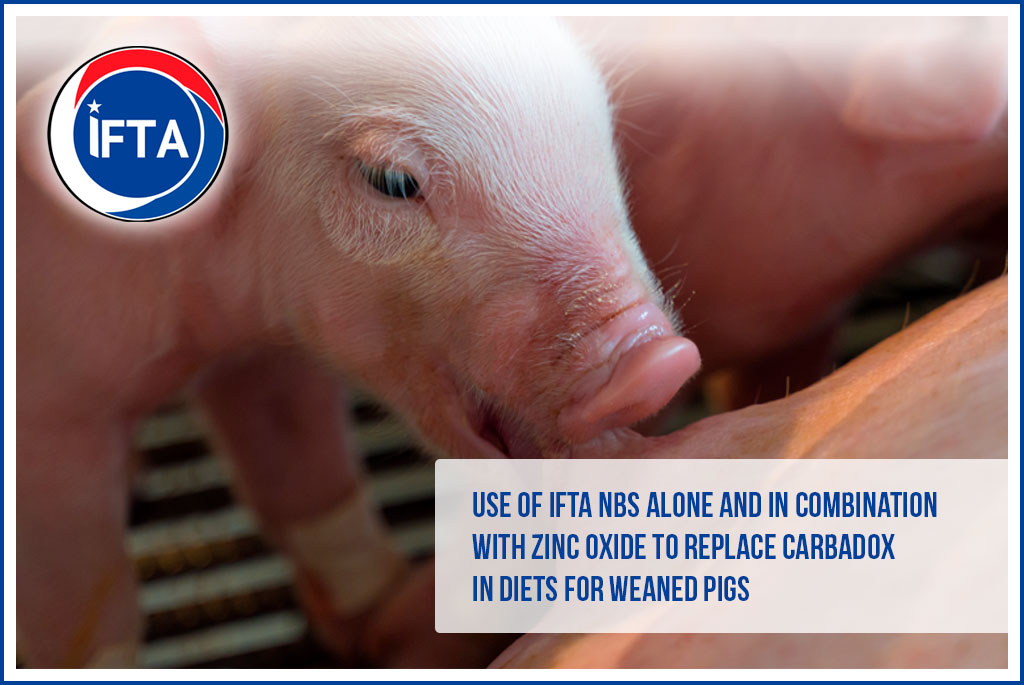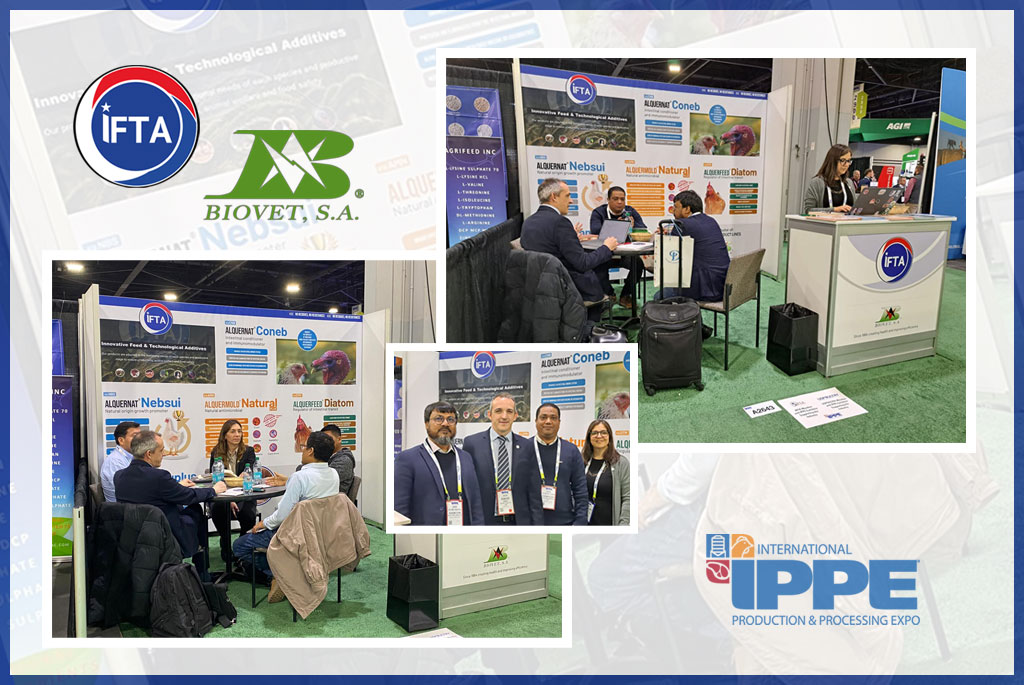
Cochlosoma anatis is a protozoa that infests the intestinal tract of ducks, wild birds, geese and turkeys. Currently, natural infestations have not been documented in chickens or quails. It is a protozoa that is difficult to grow in the laboratory, so its life cycle is not well known. It survives very little outside the host: only 2 hours after being excreted as trophozoites in the litter. It is estimated that the maximum concentrations of the parasite in the intestinal tract occur 5-7 days after the beginning of the infestation. C. anatis does not have a cyst state in its life cycle.
The most frequent symptoms are weight loss, growth retardation / stunted growth, loss of uniformity, diarrhea, lethargy, inflamed bowels /intestines and an increased prevalence of co-infections with Trichomonas or Giardia. C. anatis infestation leads to an increase Conversion Rate (CR), an alteration of blood pH homeostasis, a decrease in amino acid digestibility and morphological changes in the duodenal and jejunal villi. The lesions consist, among others, of fusion of the villi, as well as infiltration of the lamina propria by various innate and adaptive immune cells, with an increase in mitotic cells in the crypt epithelium.

Cochlosoma parasites seen within the lumen and intervillous spaces of the intestine of the turkey poult. H-E stain. Bar = 40 µm (Gharagozlou & Dezfoulian, 2009).
In the United States, Europe and the rest of the world, C. anatis infestation in turkey farms is a growing concern as its prevalence is increasing and because there is a lack of available treatments, so prevention is key. The use of optimizing and conditioning pronutrients in the turkey diets as a preventive method is the option of choice to avoid affecting the health status of the farm. These botanical molecules optimize intestinal physiology, improve the integrity of the digestive mucosa and stimulate local immunity in the intestine. Biovet S.A. has developed the product Alquernat CONEB (IFTA CNB) based on botanical-based optimizing and conditioning pronutrients.
Recently, a trial was conducted at North Carolina State University (USA) on a commercial turkey farm in which group T2 and T2 were orally challenged with 1,000,000 Cochlosoma per bird on day 14 of the trial (matching age). Group T1 was not challenged, as it was the negative control. Group T2 was the positive control, so no treatment was administered and the CONEB group received Alquernat CONEB (IFTA CNB) Premix 1 kg/t throughout the trial. On day 7 post-infection, the difference in the amount of Cochlosoma per mL in feces between the positive control and the CONEB group was almost 14% and on day 14 post-infection the difference increased to more than 50% (see table 1)
| Negative Control | Positive Control | CONEB (CBN) | |
| Day 7 post-infection | 0 | 3.893.333 | 3.360.000 |
| Day 14 post-infection | 0 | 15.008.000 | 6.944.000 |
The turkey industry is one of the most important in the global poultry industry. The largest producer and consumer of turkey is the United States, followed by Brazil and Germany. The described protozoan disease, cochlosomiasis, is a concern in the sector due to its increasing prevalence and the lack of available treatments. This is the reason why the focus must be placed on prevention to avoid a decrease in production and, consequently, economic losses.
References:
- Gharagozlou MJ, Dezfoulian O. (2009). Cochlosoma Infection in a Turkeys in Iran. Korean J Parasitol. 47, pp. 393-395.
- Gharagozlou, Mohammad Javad & Dezfoulian, Omid. (2017). Intestinal protozoan infections in stunting and diarrheic native turkey poults (Meleagris galopavo) in Iran. J. Protozool. 27, pp. 34-43.



